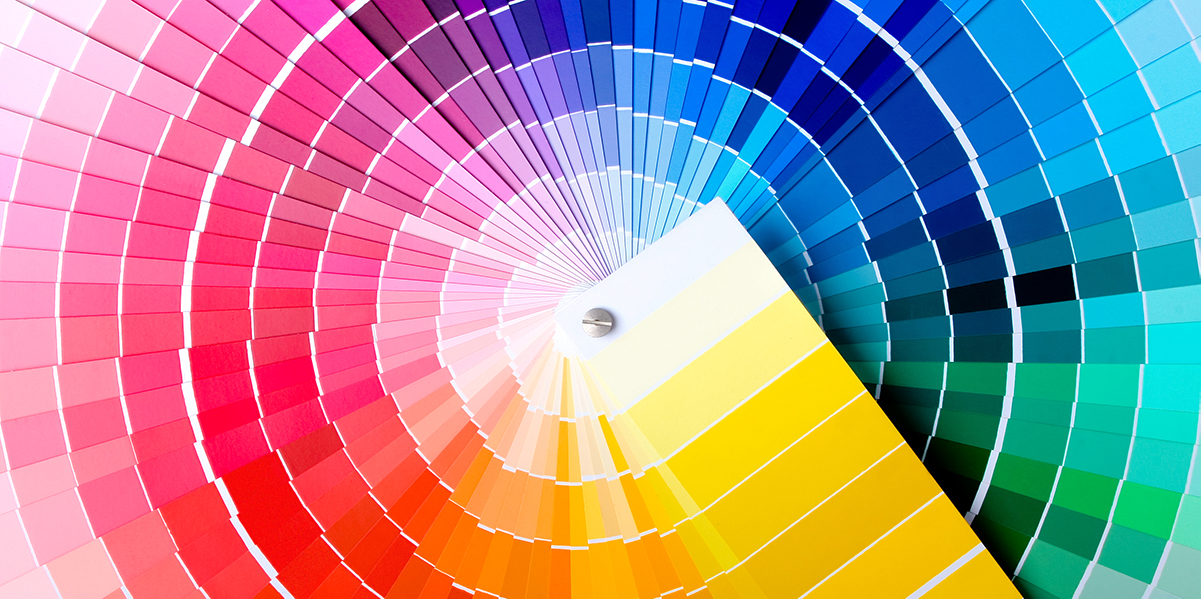Why Don’t the Colours Match?
September 7, 2018

This is a question we are asked A LOT, and fair enough! Colour is a tricky beast, and colour consistency can be a definite challenge.
Maintaining colour consistency is one of the biggest challenges in creating a successful corporate identity program. Even with technical achievements made in recent years, shifts in colour from device to device will continue to occur. The advancing technology of the internet and use of PDF files has increased the flexibility in viewing colour documents on-screen, but have also created new obstacles in reproducing colour accurately.
We could talk about colour until we were blue in the face [see what we did there?]. But for the purpose of this blog, we’ll keep it short, sweet and to the point: print projects use the CMYK colour model while electronic representations use the RGB colour model.
We can assume you’ve likely heard a lot of talk about CMYK [cyan, magenta, yellow and black] and RGB [red, green and blue]. There is an inherent variation between the two, being that CMYK colours operate by either subtracting or absorbing the light reflected on white paper. The blank sheet appears white because all light is reflected to your eyes. RGB colours are additive shades, where the light is absorbed onto the black screen of your monitor, generating colour. If red, green and blue are all set to 100% density on your screen, it will appear white.
What did that all mean?
Basically, because of the variation between CMYK and RGB mentioned above, the colours will appear differently when displayed on a monitor versus printed on paper. It should also be noted that the colours will vary monitor to monitor. To add to the complexity of colour consistency, it can also vary with differing print processes, and even appearing dissimilar on differing papers. Because the accuracy of colour is critical in our industry, we use the Pantone® Matching system. This system not only allows us “spot” or special colours (colours that cannot be attained by mixing CMYK), it also provides the CMYK and RGB conversions for each colour.
This is really just a very basic answer to “why don’t the colours match?”. We didn’t want to completely bore you, so should you have any questions or want further explanation, please don’t hesitate to ask – we’re always here to help.